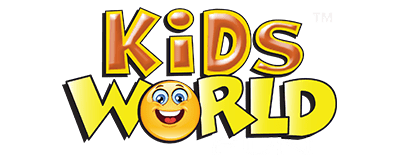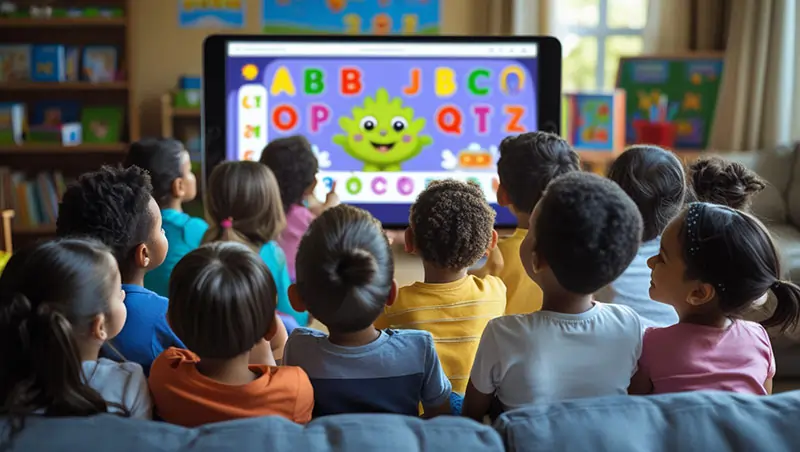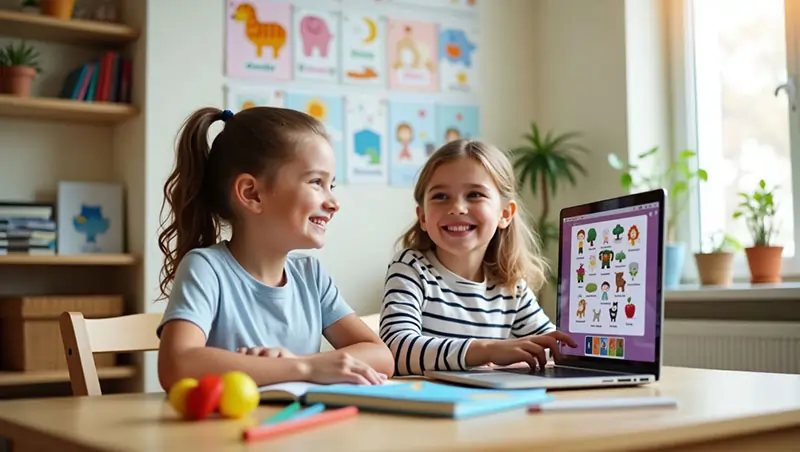Educational Videos for Kids: How to Learn Visually and Effectively
Education has changed dramatically in a time when digital technology permeates all parts of our life. Among the most impactful developments is the rise of educational videos for kids. These instructional resources maximize visual storytelling, animation, and audio cues to help young students become more involved and understanding. We investigate the realm of learning videos in this post, including their visual benefits, varieties, practical advice, and teacher and parent reviews.
The Power of Visual Learning
Visual learning is the process by which one gains knowledge using visual aids including images, graphs, animations, and videos. Research indicates that 65% or so of people learn visually. Particularly young children react strongly to colors, movement, and patterns of which educational videos use.
Benefits of Visual Learning for Kids:
| Benefit | Explanation |
| Increased Engagement | Bright visuals and sound effects hold children’s attention longer. |
| Better Retention | Visuals enhance memory recall, making concepts easier to remember. |
| Simplified Complex Topics | Visual metaphors and animations make tough subjects more understandable. |
| Emotional Connection | Story-based videos help children empathize and connect with content. |
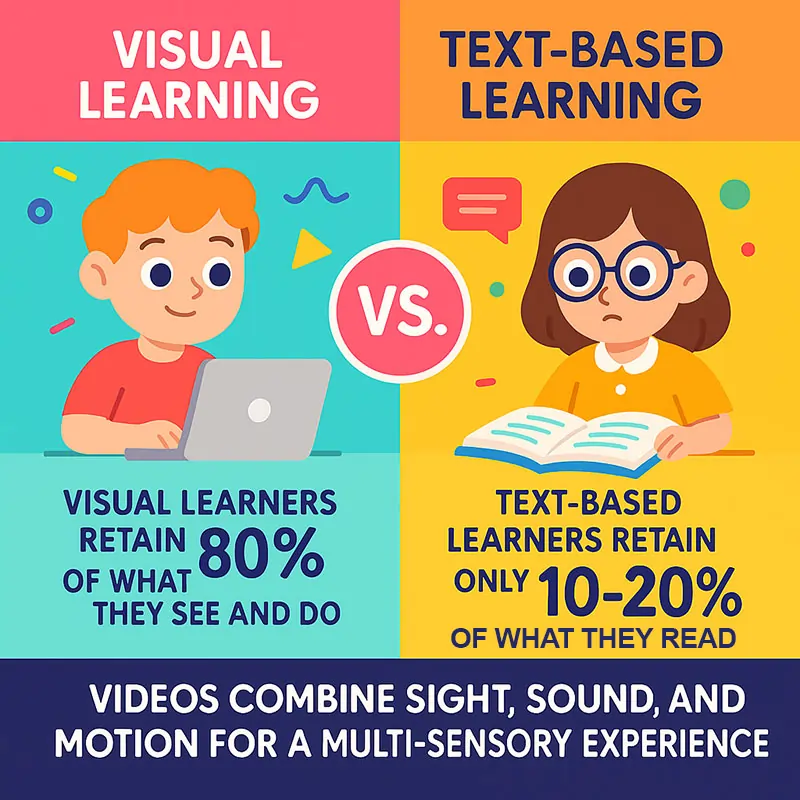
Types of Educational Videos for Kids
There is a wide range of educational videos for kids, catering to various subjects, age groups, and learning styles. Here are some of the most popular types:
1. Animated Stories
Animated stories advance imagination, moral principles, and language development. This structure makes great use of classic fables, fairy tales, and personal stories.
2. Songs and Rhymes
For early students, catchy songs and rhyming schemes are quite successful. Often used are alphabet songs, number rhymes, and phonics jingles.
3. Science Explainers
Using models, experiments, and animations, these movies dissect science subjects. Visually explained are subjects including gravity, the water cycle, and plant biology.
4. Math Tutorials
Step-by-step instructions, problem-solving animations, and interactive math quizzes allowing children to practice ideas including addition, fractions, and decimals abound in math videos.
5. Language Learning
Using dialogues, role-play, and visual clues, learning videos targeted on languages teach vocabulary, pronunciation, and grammar.
6. Real-Life Documentaries
Often told in an interesting and simplified manner, short, kid-friendly documentaries expose kids to the environment, history, and global cultures.
Age Groups vs. Preferred Video Types
| Age Group | Preferred Video Type | Example Titles |
| 2-4 yrs | Songs & Rhymes | “ABC Song“, “Colors Everywhere” |
| 5-7 yrs | Animated Stories, Math | “The Clever Fox”, “Fun with Numbers” |
| 8-10 yrs | Science Explainers, Language | “Why Leaves Change Color?” |
| 11-13 yrs | Documentaries, Tutorials | “Ancient Egypt”, “Fractions Mastery” |
Effective Tips for Using Learning Videos
Although learning videos are quite useful, their value mostly relies on their usage. These useful pointers help to maximize their educational impact:
1. Set a Viewing Schedule
Steer clear of lazy binge-watching. Limit video sessions to twenty to thirty minutes then engage in related activity or interactive discussion.
2. Choose Age-Appropriate Content
Always preview the material to be sure it fits the child’s age and comprehension level. Many websites classify videos according to grade level or age.
3. Supplement with Hands-On Activities
Exercises help to reinforce video ideas. For example, after a science video on plants, let children grow a tiny plant at home.
4. Encourage Active Participation
Inquire both during and after the video. Stop and go over salient features. Use worksheets or tests depending on the video material.
5. Use Trusted Platforms
Select films from respected producers of instructional materials including National Geographic Kids, BBC Bitesize, PBS Kids, and KidsWorldFun.
6. Watch Together
Watching with parents or teachers improves understanding and offers emotional bonding.
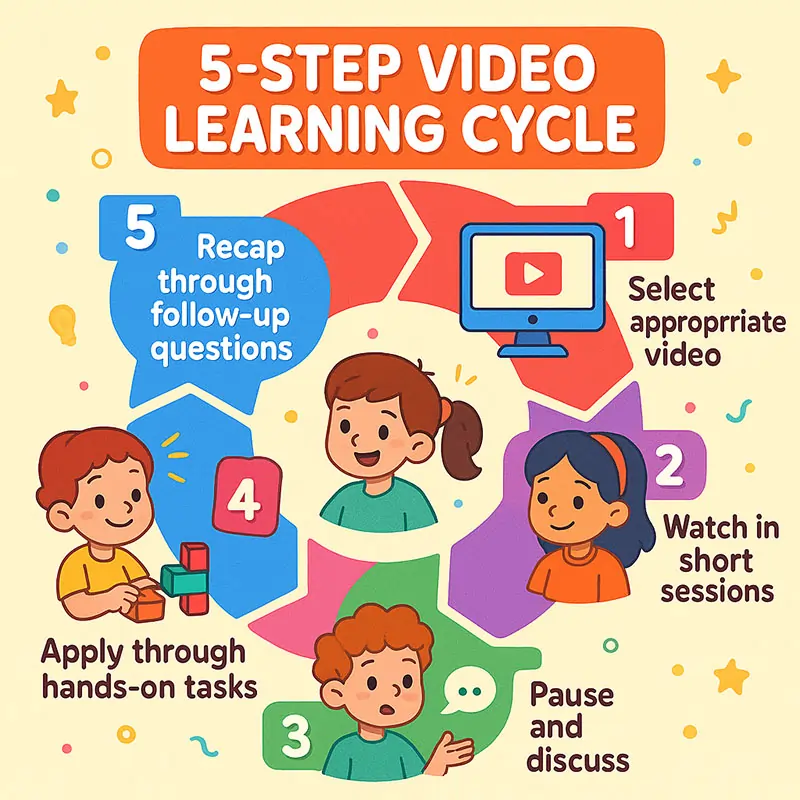
Reviews and Testimonials
Let’s look at some evaluations and comments from teachers, parents, and students who routinely view instructional videos.
Educator Reviews
Grade 2 teacher Mrs. Asha Nair says, “I show animated math and phonics videos in my classroom. The students adore them, and test results and participation clearly show improvement.
Science Tutor Mr. John Kim says, “Short science clips with real-life images help abstract subjects come alive.” For students who find reading difficult, they particularly help.
Parent Feedback
The parent of a six-year-old Joy Smith says, “My daughter likes animated form of bedtime stories. It is both entertaining and instructive at once. Often, we discuss the moral lessons learned later.
The parent of a 10-year-old, Anil R. says, “We watch documentaries on wildlife every weekend. My son now finds biology and conservation to be interesting.
Student Insights
Age eight Riya says, “I enjoy movies showing how things work. About volcanoes, the one was fantastic!
Age 11 Adil: “Videos improved my fraction understanding. Last week, I even finished ahead of my cousin on a math test!
Conclusion
Educational videos for kids offer a dynamic and engaging way to learn, blending fun with meaningful content. Whether it’s learning a new language, exploring nature, or arithmetic, these learning videos produce a lifetime of unforgettable experiences. Parents and teachers can make visual learning a pillar of a child’s educational path by choosing appropriate content, applying it sensibly, and mixing it with actual interaction.
Let children press play on their potential, visually, vibrantly, and powerfully!
